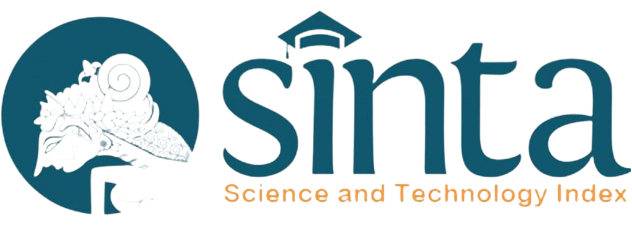Evaluation of The Morphological Performance of Nine Clones of Carnation (Dianthus caryophyllus L.) Crosses
Abstract
Carnation (Dianthus caryophyllus L.) is one of the most important commercial cut flower commodities in the world. Carnation plants have a heterozygous genetic arrangement, but the F1 plants resulted from crosses can be directly used as mother plants as a source of vegetative propagation. Each F1 clone is has genetically specific. The aim of the experiment was to obtain clones of cut flower carnation as a result of crosses that had a superior combination of plant and flower characters. The experiment was carried out in a protected house in the Installation of Agricultural Research and Technology Assessment Cipanas, Cianjur, West Java, with an altitude of 1,100 m above sea level, from January to December 2019. The study was arranged in a complete randomized block design with nine treatments, namely: D 1.1, D 3.13 , D 5.1, D 5.4, D 5.5, D 8.5, D 8.8, D 13.13 and D 13.14 and three replications. The results showed that the D 13.14 was the best performance clone based on the characters of sturdiness, large flower diameter (7.52 cm), highest number of petals (87.67 pieces), longest flower fresshness (13.83 days) and bright red flower color.













